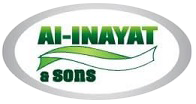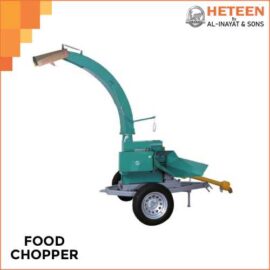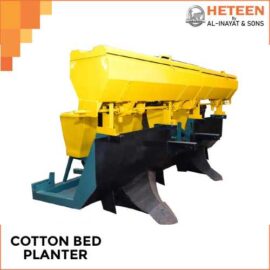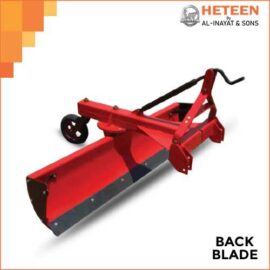Used for making ridges for planting tobacco, potato and other vegetables.
Specification
| Row | Row Spacing | Weight | Hp |
|---|---|---|---|
| 3 | 762mm | 250kg | 50 |
Usage of a Vegetable Ridger
- Creating Raised Beds:
- The primary function of a vegetable ridger is to create raised beds or ridges in the soil. These ridges improve soil drainage and aeration, which are essential for the healthy growth of vegetables, particularly root crops.
- Improved Root Growth:
- By creating ridges, the plant roots have better access to oxygen, and water drains more efficiently, preventing waterlogging and root rot, which can be problematic in flat soil systems.
- Faster Soil Warm-up:
- Raised beds warm up faster in the spring, which can lead to an earlier planting season and extended growth periods, particularly beneficial for vegetables that require warm soil to grow.
- Soil Erosion Prevention:
- In addition to improving root growth, the ridges help reduce soil erosion caused by wind and water runoff by allowing the soil to remain better structured.
- Prepares for Mechanical Harvesting:
- The ridging process makes it easier for mechanical harvesting, as it provides better access to crops, reduces the likelihood of soil compaction, and prevents root damage during harvest.
- Suitable for Various Vegetables:
- Vegetable ridgers are used for a wide range of crops, including potatoes, onions, carrots, garlic, and other root vegetables that benefit from being grown in raised rows.
Working Process of a Vegetable Ridger
- Soil Preparation:
- Before using the ridger, the soil must be plowed or tilled to ensure it is loose enough to form ridges. The ridger can then be used to shape the soil into ridges.
- Attachment to Tractors:
- Vegetable ridgers are typically attached to a tractor, where they are pulled through the field. The ridger’s blades or discs cut into the soil, pushing it up into ridges on either side.
- Ridge Formation:
- As the machine moves across the field, it creates ridges by moving soil to either side, forming a raised bed. The ridger can form one or multiple ridges, depending on the model.
- Adjustable Width and Depth:
- Many vegetable ridgers come with adjustable settings for ridge width and depth. This allows the farmer to adjust the size of the ridges according to the type of crop being planted.
- Seed Planting:
- Once the ridges are formed, seeds or plants are planted in the rows created by the ridger. The raised beds allow better spacing and conditions for the seeds to grow.
- Further Field Operations:
- After ridging, other farming operations such as irrigation, fertilization, and pest control can be carried out more effectively, as the ridged rows allow easier access to the crops.






Reviews
There are no reviews yet.